The American coastline stretches for thousands of miles, dotted with cities that have built their identities around their proximity to water. While pristine beaches often serve as the primary attraction for visitors, many coastal destinations offer cultural richness, historical significance, and natural diversity that extend far beyond their sandy shores.
Here is a list of 17 coastal cities across the United States that deserve recognition for attractions that have nothing to do with sunbathing or swimming—places where the ocean might provide a beautiful backdrop, but the foreground contains equally compelling reasons to visit.
Portland, Maine

This working harbor city balances maritime heritage with a sophisticated food scene that rivals metropolises many times its size. The cobblestone streets of the Old Port district house independent bookstores and locally-owned boutiques operating from restored brick warehouses that once stored ships’ cargo.
World-class museums like the Portland Museum of Art showcase impressive collections, including works by Winslow Homer, who painted just down the coast. The city serves as the home base for island-hopping adventures in Casco Bay, where historic forts and nature preserves offer day-trip possibilities—all without ever setting foot on a traditional beach.
Newport, Rhode Island
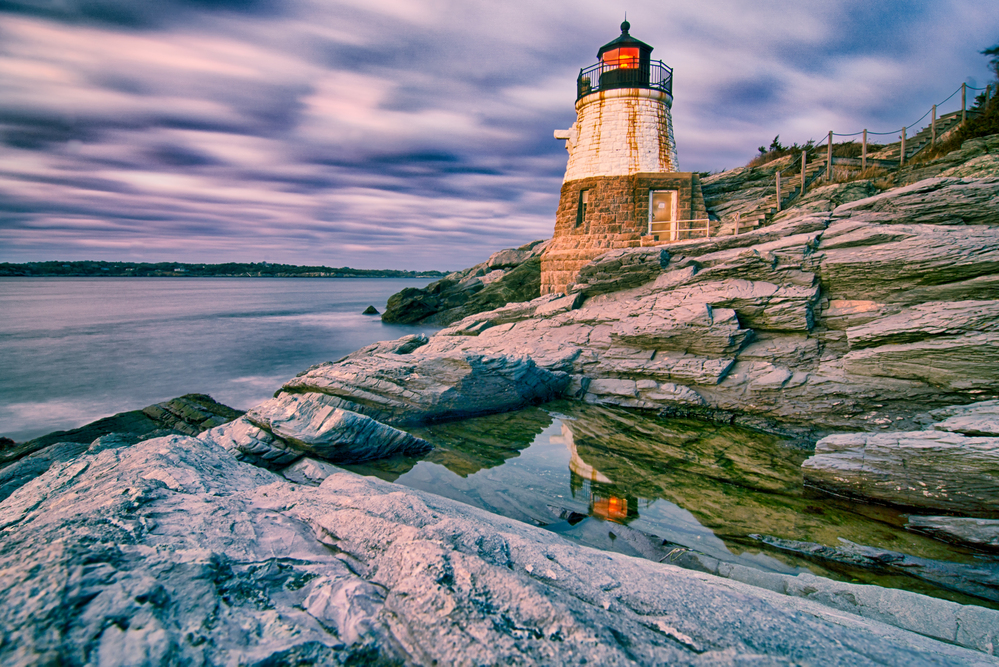
Beyond its famous beaches, Newport preserves America’s Gilded Age history through mansions that once served as summer “cottages” for the nation’s wealthiest families. The Cliff Walk combines natural beauty with architectural history as it winds past these massive estates along a dramatic rocky coastline.
Downtown streets feature some of America’s oldest taverns and the nation’s oldest synagogue, creating a walking museum of colonial architecture. The city’s deep connection to sailing culture manifests in the International Yacht Restoration School, where traditional boat-building techniques stay alive through hands-on education programs that welcome visitors.
Like Travel Pug’s content? Follow us on MSN.
Baltimore, Maryland

The Inner Harbor serves as the centerpiece for this city’s remarkable urban renaissance, with historic ships, world-class aquariums, and science centers creating an educational waterfront campus. Just steps away, neighborhoods like Fells Point preserve cobblestone streets lined with buildings dating to the 18th century, now housing innovative restaurants and shops.
The city’s abundant row houses showcase distinctive architectural elements like marble steps and painted screens found nowhere else in America. Cultural attractions include the visionary American Visionary Art Museum and the Reginald F. Lewis Museum of Maryland African American History and Culture, both offering perspectives that reach far beyond local history.
Savannah, Georgia

Though technically positioned slightly inland along the Savannah River, this coastal gem offers Spanish moss-draped streets organized around 22 historic squares that create one of America’s most walkable urban environments. Preserved antebellum architecture houses museums, restaurants, and shops, while former cotton warehouses along the riverfront have transformed into galleries and boutique hotels.
The city’s rich and complicated history comes alive through multiple heritage tours focusing on African American history, architectural significance, and literary connections to authors from Conrad Aiken to John Berendt. Nearby Tybee Island provides beach access, but many visitors never feel compelled to leave the historic district’s shaded squares.
Key West, Florida
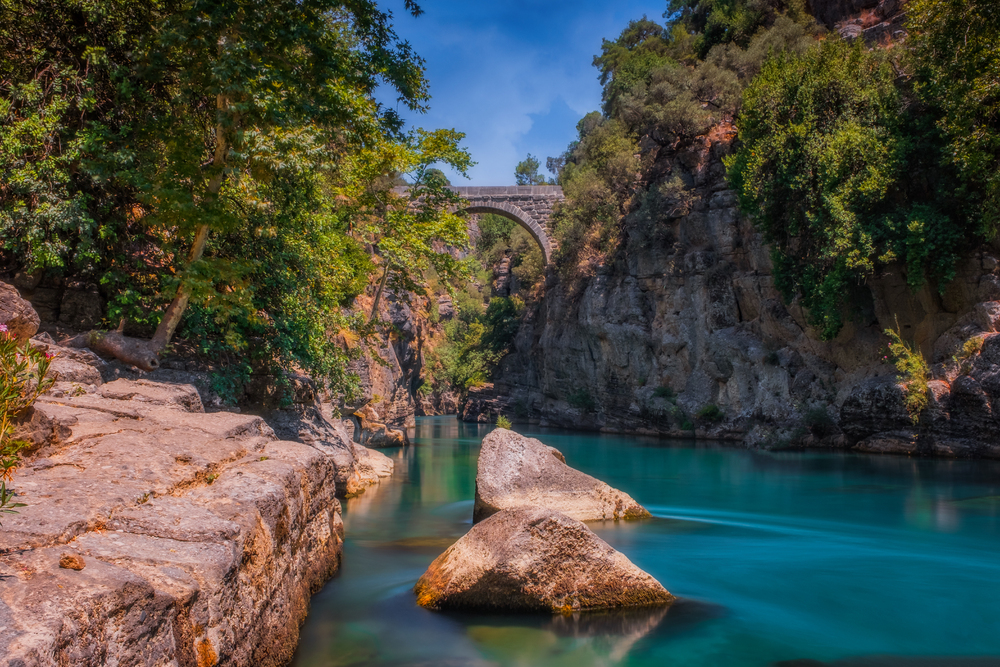
The southernmost city in the continental United States embraces its end-of-the-road character through the preservation of wooden Conch houses and the celebration of its literary heritage. The Ernest Hemingway Home and Museum preserves the author’s residence complete with descendants of his famous six-toed cats, while Tennessee Williams and Robert Frost also found inspiration here.
The city’s complex history includes periods of Spanish control, pirate activity, Civil War significance, and Cuban influence, all documented in excellent small museums throughout Old Town. The sunset celebration at Mallory Square brings together street performers, artists, and food vendors in a nightly festival that captures the island’s creative spirit.
Like Travel Pug’s content? Follow us on MSN.
Galveston, Texas

This barrier island city preserves one of the nation’s largest collections of Victorian architecture in its Historic District, where over 2,000 buildings survived the devastating 1900 hurricane—still America’s deadliest natural disaster. The Strand district houses these ornate structures, now filled with museums, restaurants, and shops that tell the story of what was once called “The Wall Street of the South.”
The city embraces its multicultural history through sites like the Texas Seaport Museum, which documents immigration stories, and Reedy Chapel AME Church, where freed slaves first celebrated Juneteenth. The annual Dickens on the Strand festival transforms the historic district into a Victorian Christmas celebration complete with period costumes and entertainment.
Mobile, Alabama
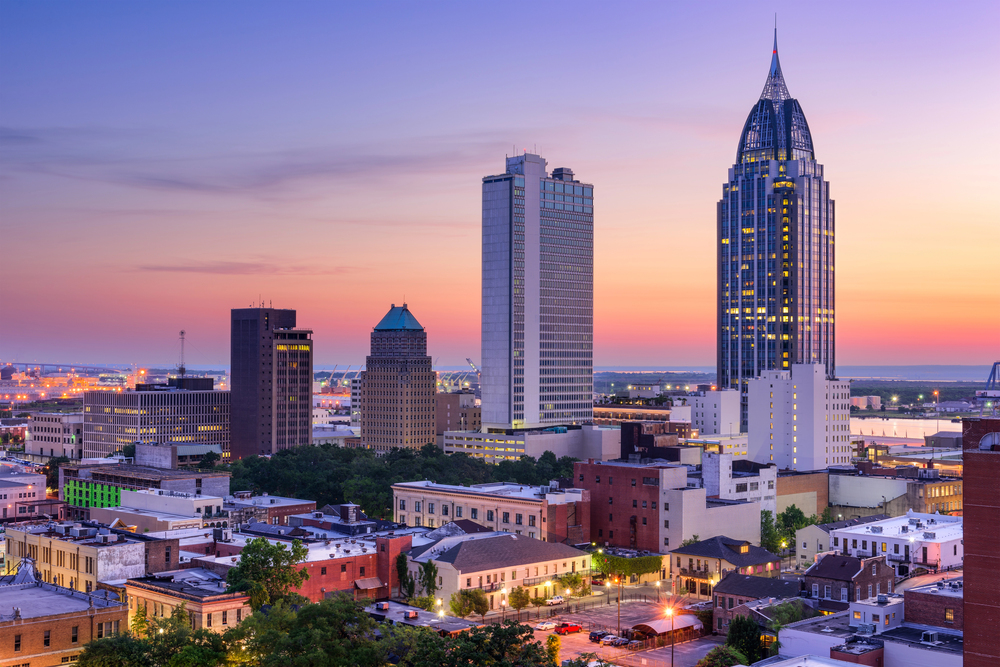
Often overshadowed by New Orleans, Mobile actually hosted America’s first Mardi Gras celebrations and maintains distinct carnival traditions to this day. The city’s downtown features architectural styles spanning three centuries, from French Colonial to modern, reflecting its history under five flags. The USS Alabama Battleship Memorial Park displays the massive WWII battleship alongside submarines and aircraft, creating one of the Gulf Coast’s most impressive military museums. Mobile’s deeply rooted Creole culture appears in distinctive cuisine and celebrations, while nearby bayous offer airboat tours through cypress swamps teeming with wildlife just minutes from downtown.
San Diego, California

While famous for perfect beaches, this southern California city offers cultural attractions of equal caliber, starting with Balboa Park—the nation’s largest urban cultural park. This 1,200-acre complex houses 17 museums, ornate Spanish-Renaissance architecture, and the renowned San Diego Zoo, creating a cultural campus unmatched elsewhere in America.
The historic Gaslamp Quarter preserves Victorian-era buildings now housing innovative restaurants and shops, while Old Town San Diego State Historic Park recreates the city’s early Mexican heritage. The city’s deep naval history comes alive aboard the USS Midway Museum, a massive aircraft carrier offering insight into military life at sea.
Like Travel Pug’s content? Follow us on MSN.
Seattle, Washington
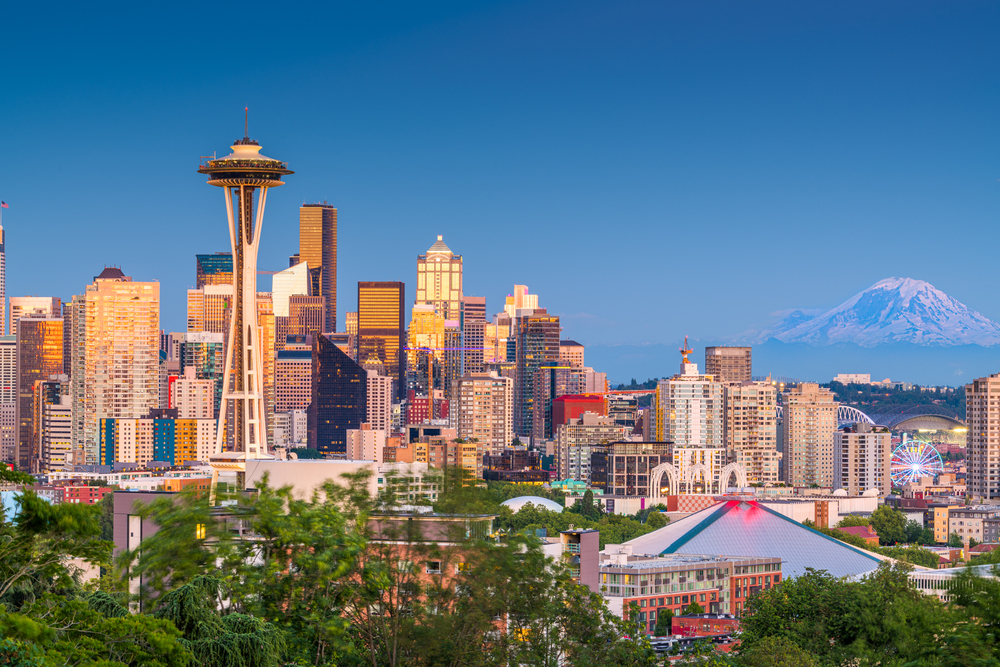
Despite its soggy reputation, this Pacific Northwest hub offers cultural experiences that shine regardless of weather conditions. Pike Place Market serves as the city’s living room, where farmers, craftspeople, and fishmongers have conducted business since 1907 in one of America’s oldest continuously operating public markets.
The city’s innovative spirit appears in architectural icons like the Space Needle and the Frank Gehry-designed Museum of Pop Culture. Coffee culture reaches its American apex here, with cafés doubling as community living rooms during rainy months. The vibrant music scene that spawned grunge continues through venues like The Crocodile and Neumos, where tomorrow’s breakthrough artists perform nightly.
Astoria, Oregon

Positioned where the Columbia River meets the Pacific, this historic port city blends Victorian architecture with working waterfront infrastructure to create a distinctly authentic coastal experience. The Columbia River Maritime Museum documents the treacherous conditions of the river bar known as the “Graveyard of the Pacific,” while historic sites like the Flavel House Museum preserve the homes of wealthy shipping magnates.
The city’s role in early cinema history—including serving as the filming location for “The Goonies”—earns celebration at the Oregon Film Museum. A restored 1913 trolley runs along the waterfront, connecting historic districts with views of massive cargo ships navigating the channel to Portland.
St. Augustine, Florida

America’s oldest continuously occupied European settlement preserves its Spanish colonial heritage through narrow streets and distinctive architecture dating to the 1700s. The imposing Castillo de San Marcos fort has guarded the harbor since 1695, its coquina walls withstanding centuries of sieges and storms.
The city’s complex history includes periods under Spanish, British, and American control, creating architectural and cultural diversity evident in sites from the Colonial Quarter living history museum to Lincolnville, a historically Black neighborhood with deep civil rights significance. The Lightner Museum houses an eccentric collection of Gilded Age artifacts inside what was once the Alcazar Hotel, built by Standard Oil co-founder Henry Flagler.
Like Travel Pug’s content? Follow us on MSN.
Charleston, South Carolina

This jewel of the Lowcountry preserves its colonial and antebellum architecture while acknowledging the complex history that produced it, including the central role of enslaved African Americans. The historic district features distinctive architectural elements like Charleston single houses with side piazzas and intricate wrought-iron work, while house museums document various historical periods.
The city’s culinary renaissance celebrates traditional Gullah Geechee cuisine alongside innovative farm-to-table offerings, often featuring seafood harvested that very morning. Cultural institutions like the Gibbes Museum of Art and the Charleston Library Society date back centuries, while newer attractions like the International African American Museum address previously untold stories.
Monterey, California

Once the sardine canning capital depicted in John Steinbeck’s “Cannery Row,” this central California city has transformed its industrial waterfront into cultural attractions while maintaining its working harbor atmosphere. The world-class Monterey Bay Aquarium occupies a former cannery building, showcasing the remarkable marine ecosystem just offshore.
The city’s Spanish and Mexican heritage remains visible in preserved adobes along the Monterey State Historic Park’s walking path, while the annual Monterey Jazz Festival has brought legendary musicians to town since 1958. The recreated historic fishing village at Old Fisherman’s Wharf offers waterfront dining with views of sea otters playing among the kelp forests.
New Bedford, Massachusetts
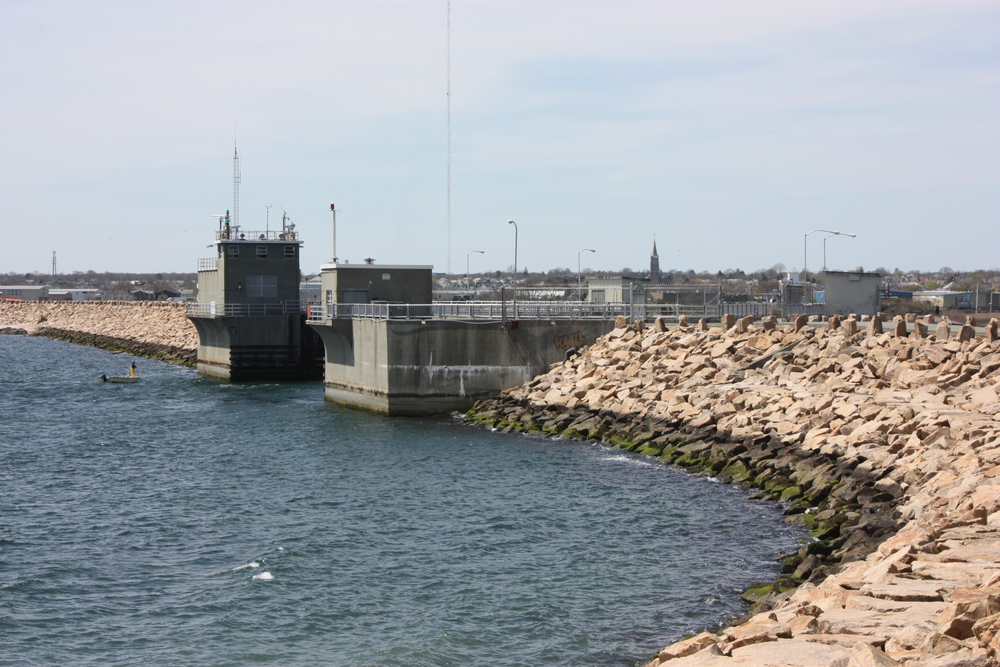
Once the world’s whaling capital, this working-class city preserves its maritime heritage while embracing new identities as a fishing port and arts center. The New Bedford Whaling National Historical Park encompasses a 13-block district of cobblestone streets and historic buildings, including the Seamen’s Bethel that inspired scenes in “Moby-Dick.”
The New Bedford Whaling Museum houses the world’s largest collection of scrimshaw and a half-scale model whaling ship, while the nearby Fishing Heritage Center documents the still-active commercial fishing industry. The city’s diverse immigrant history—including substantial Portuguese and Cape Verdean communities—appears through cultural festivals and restaurants serving authentic cuisine rarely found elsewhere in America.
Like Travel Pug’s content? Follow us on MSN.
Corpus Christi, Texas
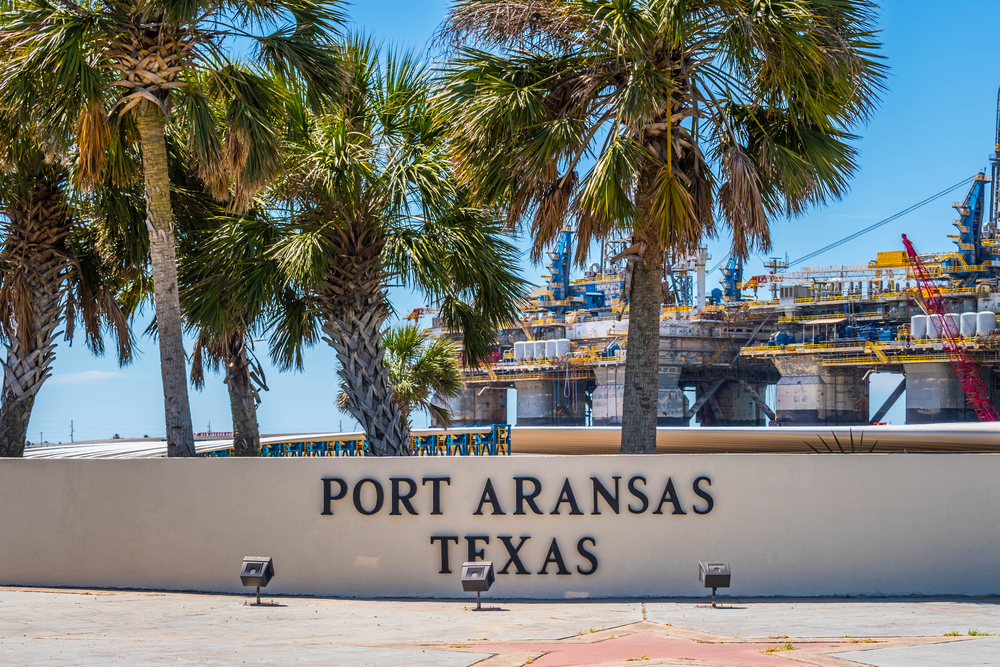
This Gulf Coast city celebrates both its maritime heritage and its status as the birthplace of Tejano superstar Selena Quintanilla-Pérez. The Selena Museum preserves costumes, awards, and personal items from the singer’s tragically short career, while a seawall statue has become a pilgrimage site for fans.
The USS Lexington, a WWII-era aircraft carrier now serving as a floating museum, dominates the bayfront alongside the Texas State Aquarium, which highlights Gulf of Mexico ecosystems. The city’s multicultural history comes alive at Heritage Park, where relocated historic homes represent architectural styles from various ethnic groups that settled in the area.
Atlantic City, New Jersey
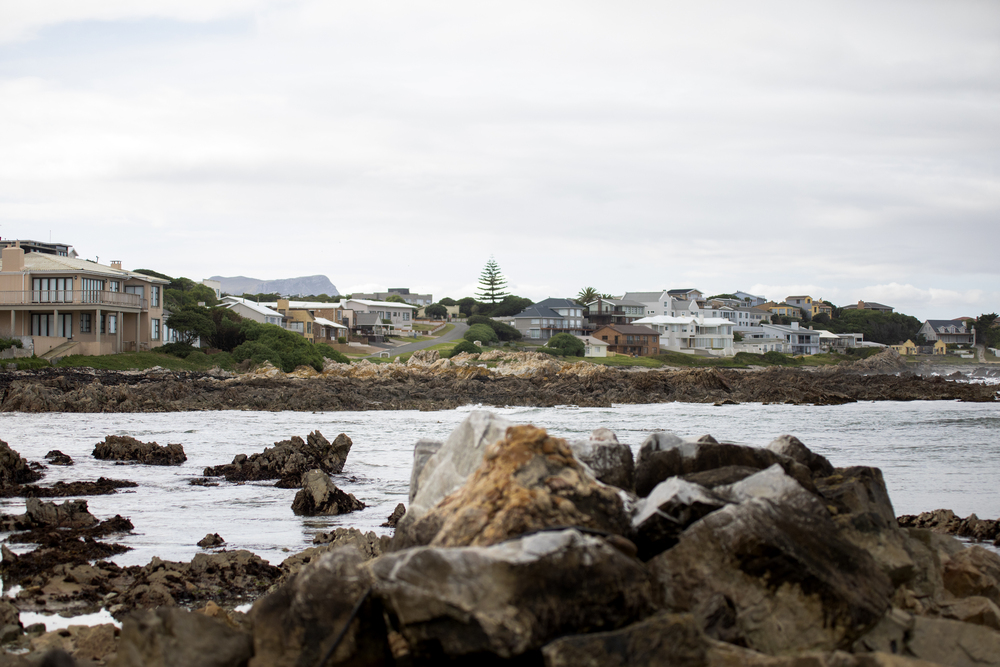
Beyond the casinos and boardwalk, this storied resort city preserves fascinating chapters of American cultural history. The Atlantic City Historical Museum documents the city’s evolution from a health resort to a prohibition playground to an entertainment capital, while the African American Heritage Museum preserves the contributions of Black Americans to the city’s development. The city’s iconic boardwalk—the first in America—still features rolling chairs pushed by attendants, continuing a tradition dating to the 1880s. Architectural landmarks like Boardwalk Hall showcase preserved Art Deco details, while nearby attractions like Lucy the Elephant—a six-story wooden pachyderm built in 1881—represent Victorian-era roadside architecture.
Portsmouth, New Hampshire

This historic seaport preserves an exceptional collection of colonial and Federal-period architecture within a compact, walkable downtown adjacent to a working harbor. Strawbery Banke Museum encompasses 10 acres of restored buildings spanning four centuries, creating an immersive historical experience through furnished houses and costumed interpreters.
The city’s maritime heritage continues through boat builders still practicing traditional methods, while the Music Hall—the oldest operating theater in New Hampshire—hosts contemporary performers in a meticulously restored Victorian venue. The city’s naval history comes alive at the USS Albacore Museum, where visitors can tour an experimental submarine that revolutionized underwater vessel design.
Like Travel Pug’s content? Follow us on MSN.
Beyond the Beach

These seventeen coastal cities demonstrate that America’s relationship with its shorelines extends far beyond recreational beaches. Maritime heritage, architectural preservation, cultural innovation, and natural diversity create coastal communities with distinctive characters shaped by their proximity to water without being defined solely by sand and surf.
For travelers seeking deeper connections to the place, these destinations offer layers of experience that remain accessible regardless of season or weather—proving that some of America’s most rewarding coastal experiences may occur far from the beach.
More from Travel Pug

- Cities Growing so Fast You Won’t Recognize Them in 10 Years
- 13 Destinations Where Tourists Regularly Regret Their Trip
- 20 Obscure WWII Sites Even History Buffs Don’t Know About
- 10 Under-the-Radar Mountain Towns That Are Both Affordable and Beautiful
- Remote Villages in Europe Where You Can Live for Free in Exchange for Work
Like Travel Pug’s content? Follow us on MSN.
